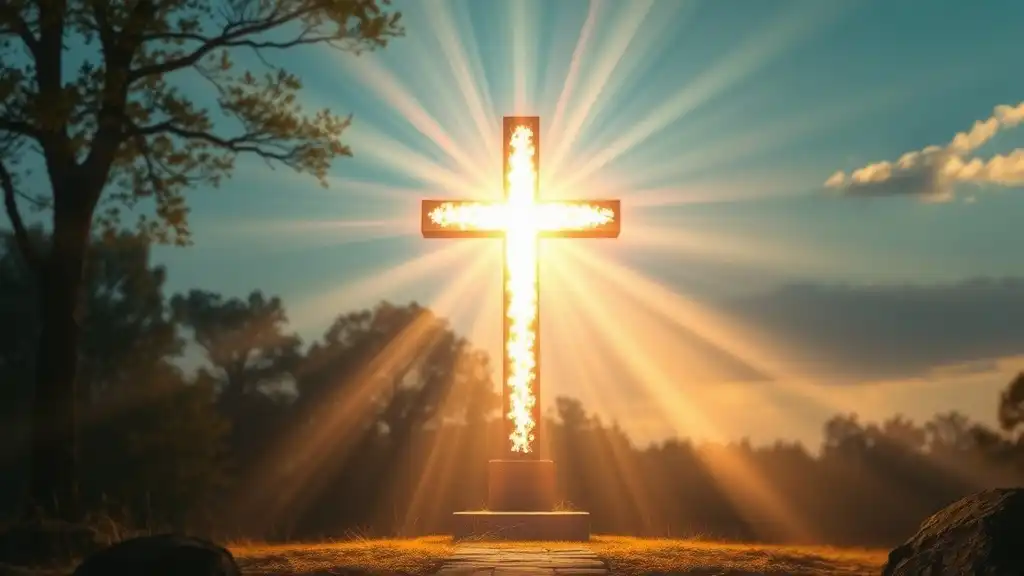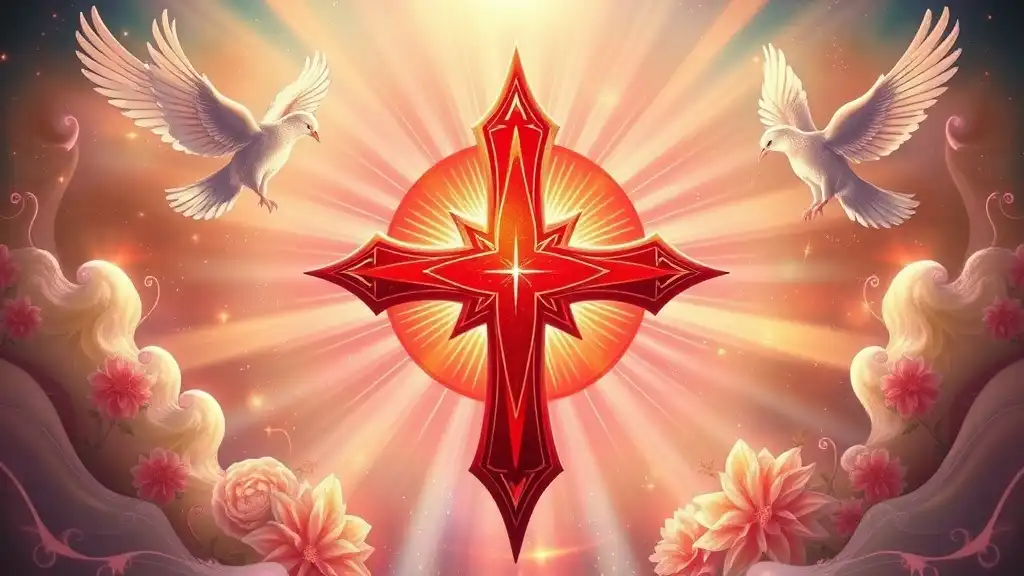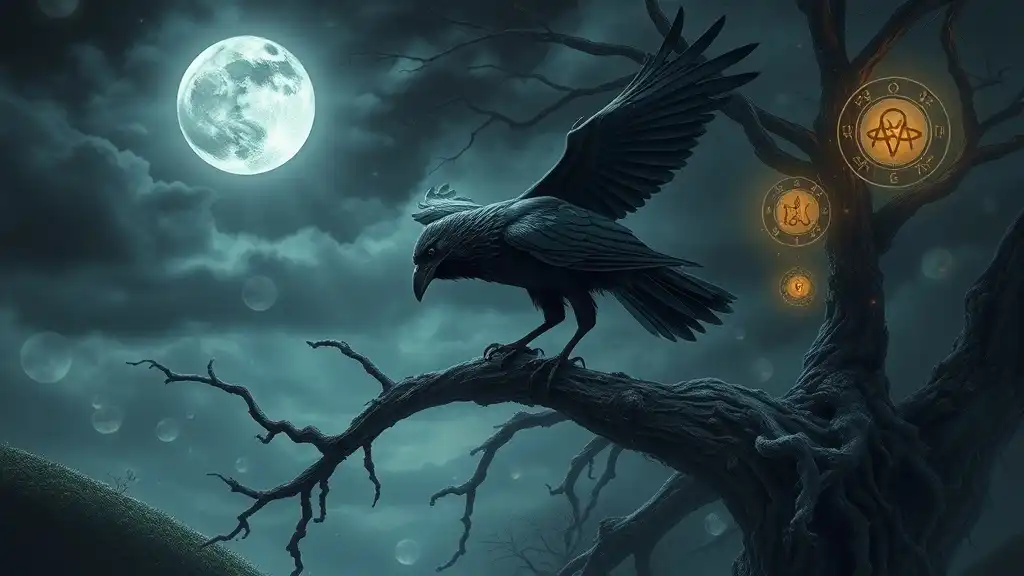The cross is a powerful and profound symbol that evokes deep emotions and spiritual insights. Its journey from an instrument of execution to one of hope and redemption illustrates its significance across various spiritual traditions. Understanding the spiritual meaning of the cross invites us to connect with universal themes of sacrifice, faith, suffering, and rebirth.
Historical Context of the Cross
Origin of the Cross as a Symbol
The cross finds its origins in ancient civilizations, where it was used primarily as a form of execution. Over time, it transformed from a symbol of death into one of salvation and hope. Various cultures, including the Egyptians and Phoenicians, used cross-like shapes in their art and spiritual practices, signifying life, balance, and the connection between the earthly and the divine.
The Cross in Christianity
In Christianity, the cross holds unparalleled significance. It is intrinsically linked to the life, teachings, crucifixion, and resurrection of Jesus Christ. For Christians, the act of crucifixion is not merely a historic event but a transformative process representing the ultimate sacrifice. This pivotal moment in faith symbolizes the possibility of redemption; the resurrection redefines the cross’s meaning from that of shame and punishment to one of eternal life and connection to the divine.

Spiritual Meanings of the Cross
The Cross as a Symbol of Sacrifice
At its core, the cross embodies the essence of sacrifice. It challenges individuals to reflect on what they are willing to give up or endure for the sake of love, faith, and service to others. This theme of selflessness resonates deeply, prompting believers to consider their own sacrifices in the pursuit of higher goals and the well-being of others. The cross thus becomes a reminder that through sacrifice, we often find our greatest strength and purpose.
The Cross as a Representation of Faith
The cross stands as a beacon of faith, a symbol that calls believers to reinforce their convictions. It serves as a visual reminder that faith can flourish in the face of adversity, encouraging individuals to hold steadfast to their beliefs during challenging times. The interplay between doubt and faith is a universal aspect of spirituality, and the cross becomes a rallying point, urging believers to rise above their uncertainties.
Connection to Suffering and Redemption
Life inevitably presents us with suffering; the cross symbolizes the dual journey of enduring pain and finding redemption. It invites individuals to accept their struggles as essential components of their spiritual growth. By embracing the 'cross' one bears, whether it be hardship, loss, or personal trials, individuals can experience a profound transformation. This journey illustrates that suffering has the potential to lead to enlightenment, healing, and a stronger connection to the divine.

The Cross Across Different Spiritual Traditions
Symbolism in Eastern Religions
While the cross is often viewed through a Christian lens, similar symbols exist in Eastern religions. For example, in Jainism, the "swastika" represents the cycle of life and the quest for liberation. In Buddhism, the "Wheel of Dharma" signifies the path to enlightenment and the interconnectedness of all beings. These symbols, like the cross, embody ideas of suffering, balance, and the journey towards awakening.
The Cross in Indigenous Spirituality
Indigenous cultures across the globe have their interpretations of the cross. Many view this symbol as a representation of the balance between the spiritual and earthly realms. For instance, some Native American traditions recognize the cross as a sacred symbol, representing the four cardinal directions, the four elements, and the harmony between them. These interpretations highlight the universality of the cross as a powerful embodiment of spiritual connections.
Modern Spiritual Interpretations
In contemporary spiritual movements, the cross has undergone further reinterpretation. Many modern spiritual practitioners view the cross as a symbol of unity, love, and transcendence. It serves as a reminder that our individual paths, while unique, are interconnected in the broader human experience. This inclusive view invites individuals to embrace their spiritual journeys, celebrating the diverse meanings of the cross across different cultures.

The Cross as a Personal Journey
Embracing Your Own Cross
To truly understand the spiritual meaning of the cross, one must embark on a personal journey. Every individual encounters their own struggles and challenges, often referred to as their "cross to bear." Acknowledging these burdens is not a sign of weakness; rather, it reflects strength and honesty. By embracing our own crosses—whether they manifest as loss, failure, or hardship—we recognize the growth potential hidden within each challenge. This realization helps forge a deeper connection with ourselves, others, and the divine.
Rituals and Practices
Incorporating the cross into personal rituals and practices can foster greater spiritual insight. Meditation and reflection on the meaning of the cross can lead to profound revelations about one’s journey and purpose. Creating sacred spaces, adorned with symbols of the cross, can serve as a physical reminder of the love, sacrifice, and redemption inherent in its meaning. Such spaces become sanctuaries for contemplation and healing, encouraging individuals to engage with their spirituality actively.

Conclusion
The rich spiritual tapestry woven around the cross highlights its profound significance across cultures and beliefs. From its historical origins as a symbol of death to its contemporary interpretations embodying hope, love, and unity, the cross invites us to explore our inner landscapes. It encourages us to embrace our struggles, cultivate faith, and seek redemption. Ultimately, the cross becomes not just a symbol, but a guiding force on our personal spiritual journeys, urging us to recognize our interconnectedness within the larger tapestry of life.



















